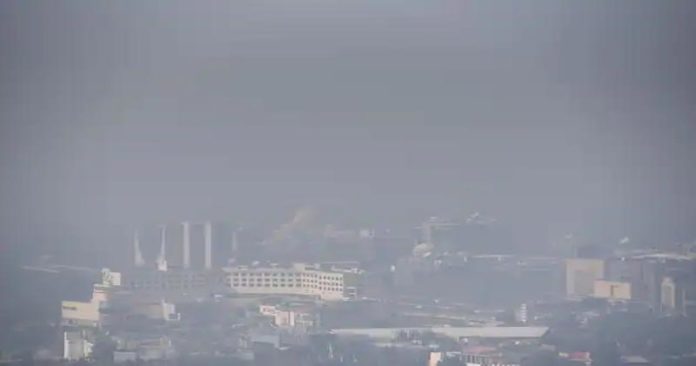The annual data compiled by IQAir in the form of the ‘World Air Quality Report, 2020’ shows Delhi’s air quality improved by approximately 15% from 2019 to 2020. Despite the improvement, Delhi ranked as the 10th most polluted city and the top polluted capital city in the world. In 2020, all Indian cities monitored observed air quality improvements compared to 2018, while 63% saw improvements compared with 2019. However, India continues to feature prominently at the top of the most polluted cities ranking, with 22 of the top 30 most polluted cities globally.
South Indian cities, although recorded relatively better air quality, remained above the daily WHO limits of 25 µg/m3 for most parts of the year 2020. Hyderabad for instance, recorded an average 11% dip in PM2.5 levels. However, the pollutant levels were above the WHO prescribed limit in 61.7% of the days. None of the Indian cities met the prescribed annual limit of 10 µg/m3. Hyderabad’s annual average stands at 34.7 µg/m3, over three times the prescribed limit. Also, the city’s PM 2.5 levels in December 2020 surpassed the January 2020 levels, indicating that the ‘better air quality’ has already faded away. While the improvement seems to be encouraging from a data point of view, it’s health and economic cost remain severe.
Major sources of India’s air pollution include transportation, biomass burning for cooking, electricity generation, industry, construction, waste burning, and episodic agricultural burning. The transportation sector is one of the major contributors to India’s leading PM2.5 emission sources across cities.
Contextualising the global IQAir report in the Indian context, Avinash Chanchal, Climate Campaigner at Greenpeace India said, “While many cities including Delhi have recorded marginal improvements in air quality due to lockdowns, the health and economic cost of air pollution remains severe. It is pertinent that governments prioritize sustainable and clean energy sources, as well as the cities, need to encourage low cost, active and carbon-neutral mobility choices such as walking, cycling, and accessible public transport.”
“This report indicates that the citizens from south Indian cities like Hyderabad, Bengaluru, Chennai are also breathing polluted air. If you see the data, all these three cities are not meeting WHO’s standard for PM2.5 air pollution. Despite reduction in air pollution level in 2020, around half of the days, the air of these cities was above the WHO safe limit.” added Chanchal.
“The year 2020 brought an unexpected dip in air pollution. In 2021, we will likely see an increase in air pollution due to human activity, again.














